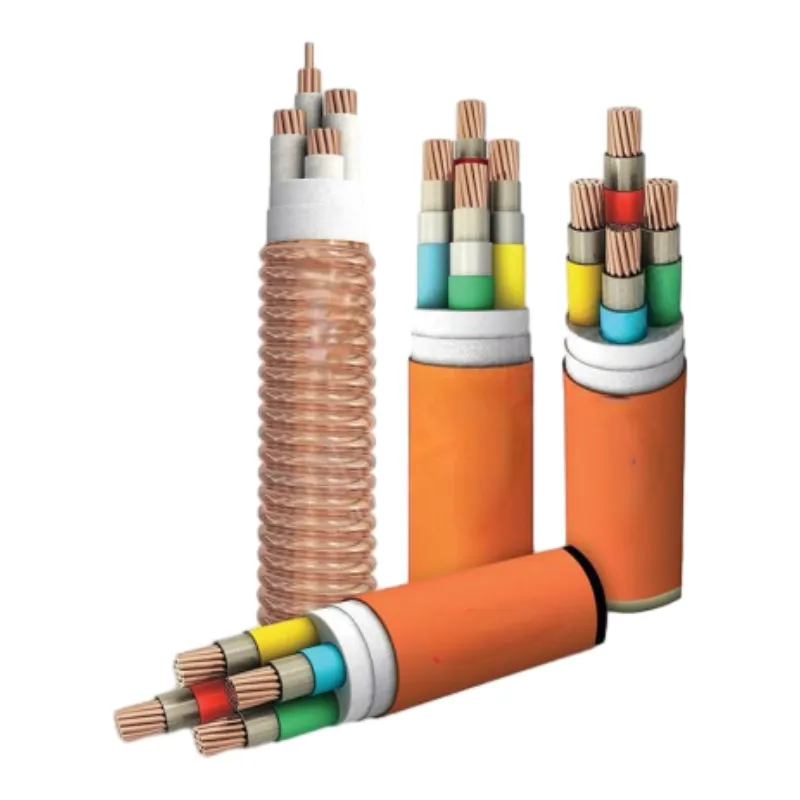Sep . 29, 2024 06:46 Back to list
Wafer Type Butterfly Check Valve Design and Performance Analysis for Optimal Flow Regulation
Understanding Wafer Type Butterfly Check Valves
In the realm of fluid dynamics and industrial applications, the efficiency and reliability of flow control equipment play a crucial role. Among the myriad of devices available for regulating fluid motion, the wafer type butterfly check valve stands out for its distinctive design and versatile functionality. This article delves into the characteristics, advantages, and applications of wafer type butterfly check valves.
What is a Wafer Type Butterfly Check Valve?
A wafer type butterfly check valve is a specific category of check valve that combines the basic principles of a butterfly valve with a check valve's functionality. Unlike traditional check valves that might employ a ball or disc mechanism, wafer butterfly check valves utilize a rotational motion to enable or prevent flow. The valve consists of a circular disc mounted on a shaft in the center of the valve body, which is sandwiched between two flanges. When the fluid flows in the intended direction, the disc rotates and permits flow; if backflow occurs, the disc automatically swings to a closed position, preventing reverse flow.
Key Features
1. Compact Design One of the standout features of wafer type butterfly check valves is their lightweight and compact nature. This makes them ideal for installations with space constraints, where traditional pipe fittings may not be feasible.
2. Low Pressure Drop The streamlined design minimizes fluid resistance, resulting in a low-pressure drop across the valve. This characteristic is especially beneficial in applications where energy efficiency is paramount.
3. Versatility Wafer type butterfly check valves can be used in various fluid media, including water, oil, gas, and chemical solutions. This versatility makes them suitable for diverse industries, from water treatment to chemical processing.
4. Ease of Installation Their design allows for easy integration into existing piping systems. The wafer style can be bolted directly between flanges, eliminating the need for heavy pipe fittings or complex installations.
wafer type butterfly check valve

5. Durability Manufactured from robust materials such as stainless steel, PVC, or cast iron, wafer butterfly check valves can withstand harsh conditions, providing a long service life with minimal maintenance.
Advantages
The advantages of wafer type butterfly check valves extend beyond their functional design. Their lightweight nature reduces the overall weight of the system, which can be a crucial factor in large installations such as flue gas systems in power plants. The valves also feature a tight shut-off capability, minimizing leakage risks, which is vital in applications where maintaining media integrity is critical.
Moreover, the simplicity of the valve's operation means that it requires less maintenance compared to more complex valve types. Users can expect reduced downtime and lower operational costs over the life of the system.
Applications
The applications of wafer type butterfly check valves are extensive. They are commonly found in
- Water and Wastewater Treatment These valves help manage flow in treatment facilities, ensuring that systems operate efficiently and safely. - Chemical Processing Their ability to handle various fluid types makes them suitable for managing chemicals in industrial processes. - Petroleum and Gas Widely used in pipelines and systems handling oil and gas, they provide reliable backflow prevention and flow control.
Conclusion
Wafer type butterfly check valves represent a crucial component in fluid control systems across a wide spectrum of industries. Their unique design, combined with advantages such as low pressure drop, compactness, and versatility, underscores their importance in modern engineering applications. As industries continue to evolve and demand more efficient solutions, understanding the capabilities and applications of wafer type butterfly check valves will be essential for engineers and manufacturers alike. Adopting this technology not only enhances operational efficiency but also contributes to broader sustainability efforts within the industrial landscape.
Share
-
Reliable Wafer Type Butterfly Valves for Every IndustryNewsJul.25,2025
-
Reliable Flow Control Begins with the Right Ball Check ValveNewsJul.25,2025
-
Precision Flow Control Starts with Quality ValvesNewsJul.25,2025
-
Industrial Flow Control ReliabilityNewsJul.25,2025
-
Engineered for Efficiency Gate Valves That Power Industrial PerformanceNewsJul.25,2025
-
Empowering Infrastructure Through Quality ManufacturingNewsJul.25,2025